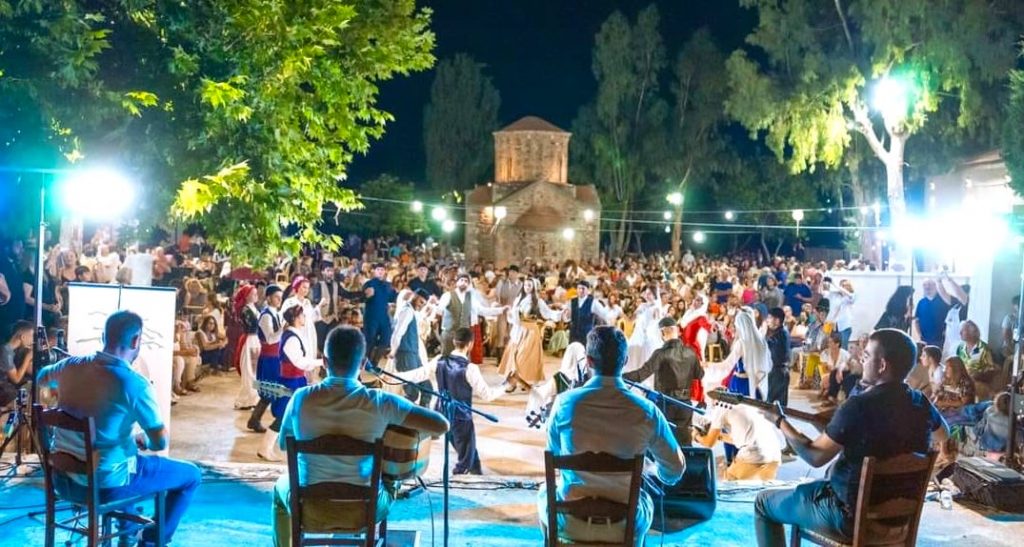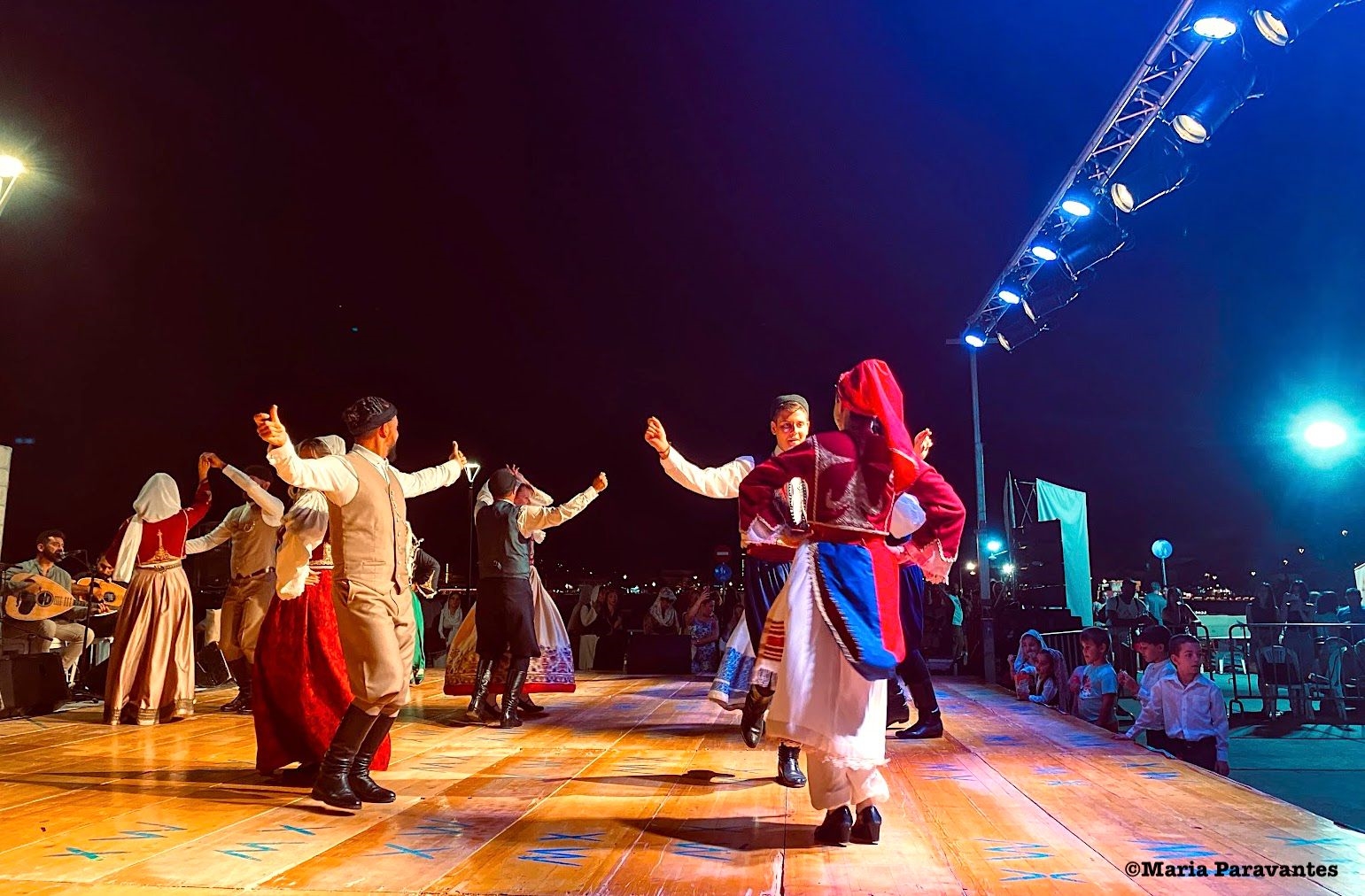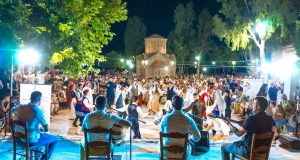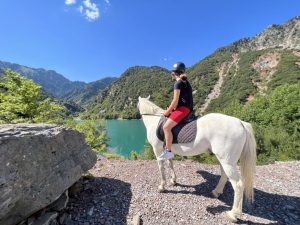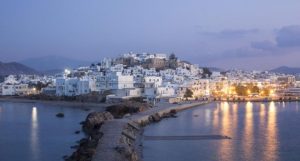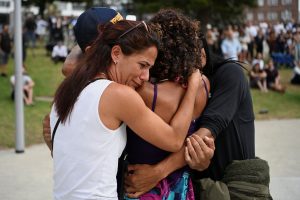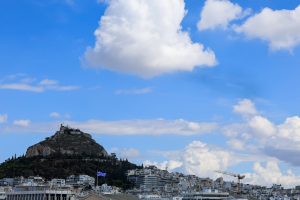Everyone knows Crete for its incredible food, amazing beaches and spectacular landscapes, and of course, for Knossos, the Bronze Age archaeological wonder where the Minoan civilization once thrived.
Crete was one of the first Greek islands together with Rhodes, Corfu, and Mykonos to attract tourists who could find in its then untouched natural beauty and simple way of life a peacefulness rarely found in their homelands.
Although this brought much-needed tourist cash which in turn went into dozens of massive hotels and resorts mainly along the island’s northern coast, it also came with a cost. The authentic experiences travelers were seeking on Crete became harder to find as many traditions, customs, trades, and local recipes began to fade away mainly in popular tourist areas.
This sad reality is now changing and the small town of Sitia is spearheading the effort. Despite its location, on Crete’s ‘most developed’ northern coast, Sitia has for decades steered clear of uncontrolled tourism development attracting mostly visitors interested in slow travel.

Sitia Folklore Festival Sets Example
“The identity of a destination is very much connected to the people and their traditions,” says Evangelia Vezyraki, founding member of the Argastiri Sitia Diktynna Cultural Association, which has since 2018 organized one of Sitia’s largest happenings: the Diktynna Festival of Culture, Tradition & Arts. This year, the three-day event held late in June, attracted hundreds of visitors and participants.
“Our vision for the annual festival was to bring people together, showcase and preserve our traditional arts, crafts, and customs, and introduce these to foreigners visiting Sitia enhancing their experience,” Vezyraki tells To Vima English Edition.
She goes on to emphasize the role of food as a form of cultural expression and its appeal to tourists. For this reason the festival organizes an annual competition which this year saw cultural associations from eight Sitia villages prepare traditional dishes and sweets with recipes handed down to them by their grandparents. Chef Tony Kavalieros – aka The Greek Chef – and pâtissiere Anna Spanou Kanakis selected the winning entries while visitors had the chance to sample the goodies for free.
Going Back to Our Roots
During the three-day Sitia festival, we had the chance to learn about the legendary Cretan knives, the famous “stivania” boots, the jewelry adorning traditional dance costumes, the Cretan lyra, the wooden “katsouna” cane used in the past by shepherds, the straw baskets, Crete’s “kazanema” tsikoudia distillation process, cheese-making practices, the use of local herbs, and the intricate art of mosaics. And all this included traditional Cretan dances with the participation of local dance troupes, some 150 dancers and musicians, and the Folklore Museum of Sitia.

“The magic of the festival is what goes on in the months and weeks before,” Greek-Australian Giorgos Lentaris, president of Diktynna, tells To Vima English Edition.
“The festival is what sets things into motion and brings people who want to share their experience and skills together; the legacy passed on to them by their families.”
Lentaris, who is from Crete and Karpathos islands, works at Sitia Airport by day and spends the rest of his free time dancing, planning, organizing volunteers, and sewing traditional costumes for the dancers, among others. Already, he says, plans are underway for the 6th Diktynna Festival of Culture, Tradition & Arts. And there are dozens of volunteers who like Lentaris and Vezyraki work day and night to make the event possible.
“Interest to participate is growing every year and more so among younger generations,” Vezyraki, who also owns the Sitia Traditional Dances School, a member of UNESCO’s International Dance Council (CID), adds.
Culture Attracting Tourists to Sitia in Crete
The Diktynna Festival of Culture, Tradition & Arts is one of many heritage-focused events happening in and around Sitia. Others include the popular Hamezi Festival, which takes place in the village of Hamezi and is known for its seminars in traditional Cretan music, instruments, and song, weaving, natural dyes, and mosaic art as well as dozens of village festivals (“panegyria”) held under the annual summer-long “Kornaria” festivities.
“Unlike other areas on Crete, culture in Sitia has always been a reference point and as such a very important part of its tourism strategy,” Sitia Mayor Giorgos Zervakis tells To Vima English Edition.
“Some 20 years ago, cultural events like the Soultanina Festival attracted the world’s most prominent performers to Sitia bringing the whole of Crete into the international spotlight. But much more needs to be done.”
The mayor says the airport, which is 10 minutes from Sitia, has contributed greatly to facilitating travel to the region, which in the past was very difficult to get to.
The next step, Zervakis explains, is to enrich accommodation options based on a “milder” tourism development model which respects the environment and at the same time fuels the local economy. Currently, a few hotels, guesthouses, and Airbnbs offer lodging to tourists visiting Sitia.
In the past few years, thanks to the dedicated work of the people at the Sitia Geopark, a member of the UNESCO Global Geoparks Network, the wider region is attracting travelers seeking alternative nature-focused and gastronomy experiences. The majority are from Germany, France, the UK, and Scandinavian countries, and very many are repeat visitors, the mayor explains.
‘Quality Matters Not Numbers’
Despite its relatively small size, Sitia has managed to establish itself as a cultural destination with dozens of theater, music, traditional dance, gastronomy, and children’s events as well as five large festivals.
Looking ahead, Zervakis hopes to create the conditions and opportunities that will keep local youths at home and tourists coming but also people wishing to make Sitia their home.
To achieve this, he says, tourism is a “one way street” that should however focus more on the quality of the experience and not on numbers.
“The quality tourist experience, which is what we are aiming for, is a sum of actions including cleanliness, easy access, infrastructure, cultural offerings,” says Zervakis. “This means also preserving our traditions, our recipes, keeping the ‘kafeneia’ (coffee houses) open in the villages; all these things make up Crete’s world-famous hospitality.”
It also requires cultural initiatives that will engage the younger generations, adds Vezyraki, and educational programs in traditional arts and crafts, says Lentaris.
Home to some 20,000 residents, Sitia produces some of the highest-quality olive oil in Greece awarded Protected Designation of Origin (PDO) status. It also produces wine, fruits and vegetables. In addition to its Geopark, Sitia is home to dozens of significant archaeological sites, pristine beaches, and traditional settlements.
